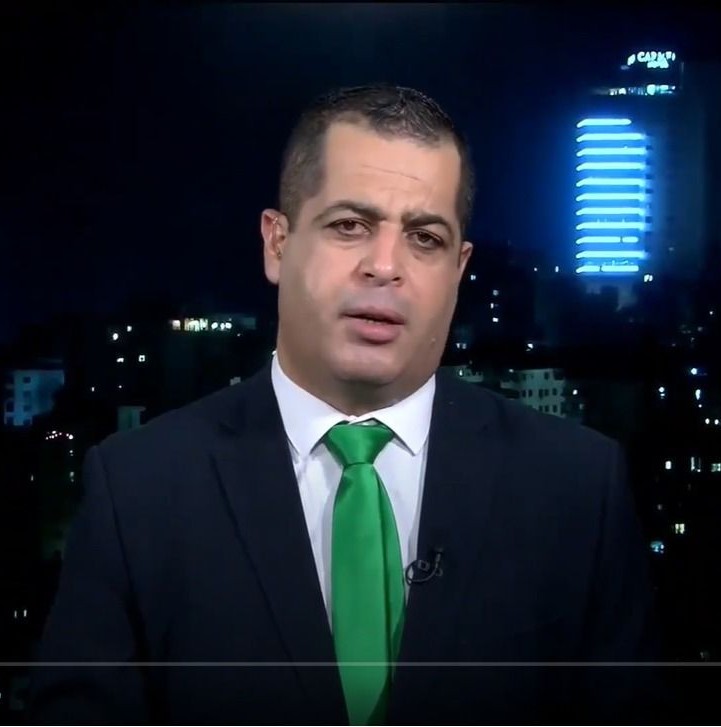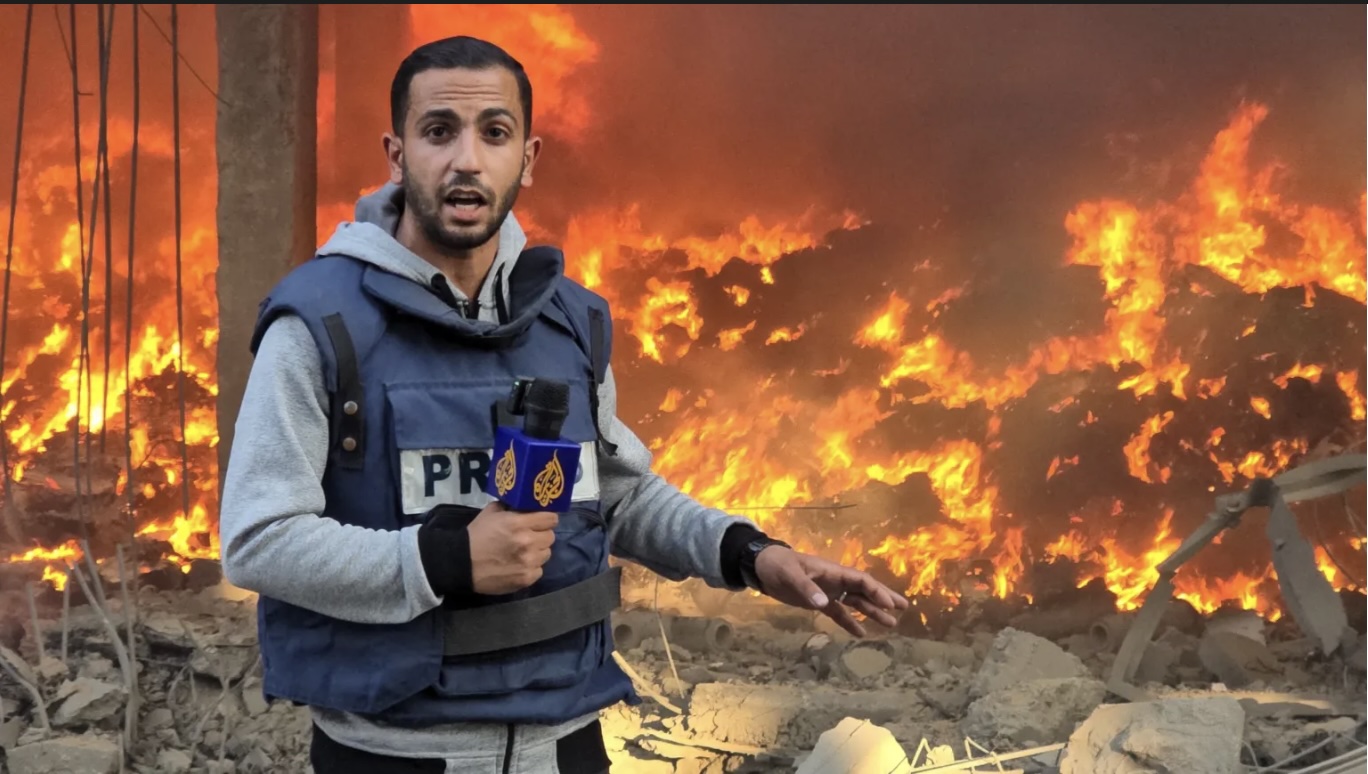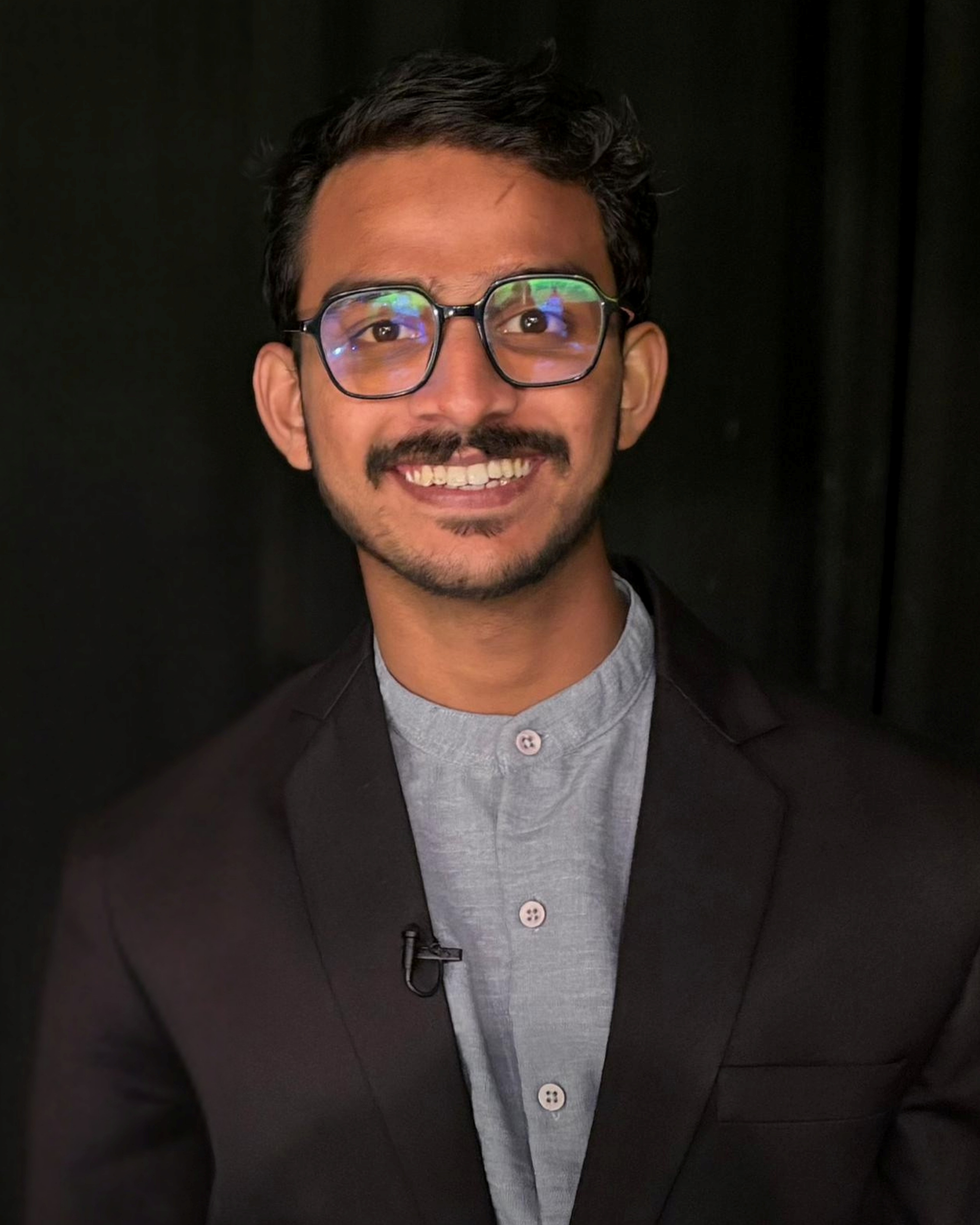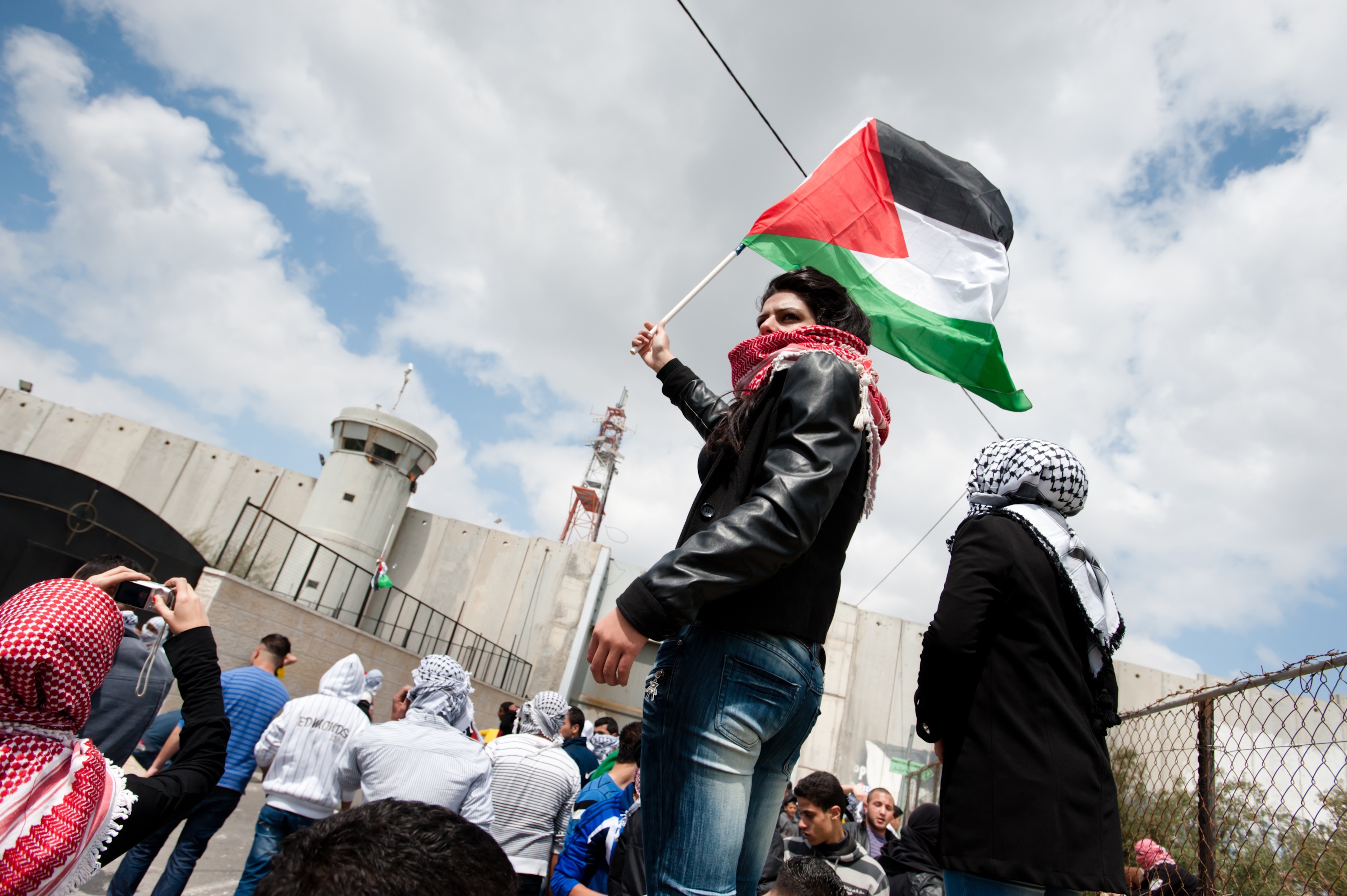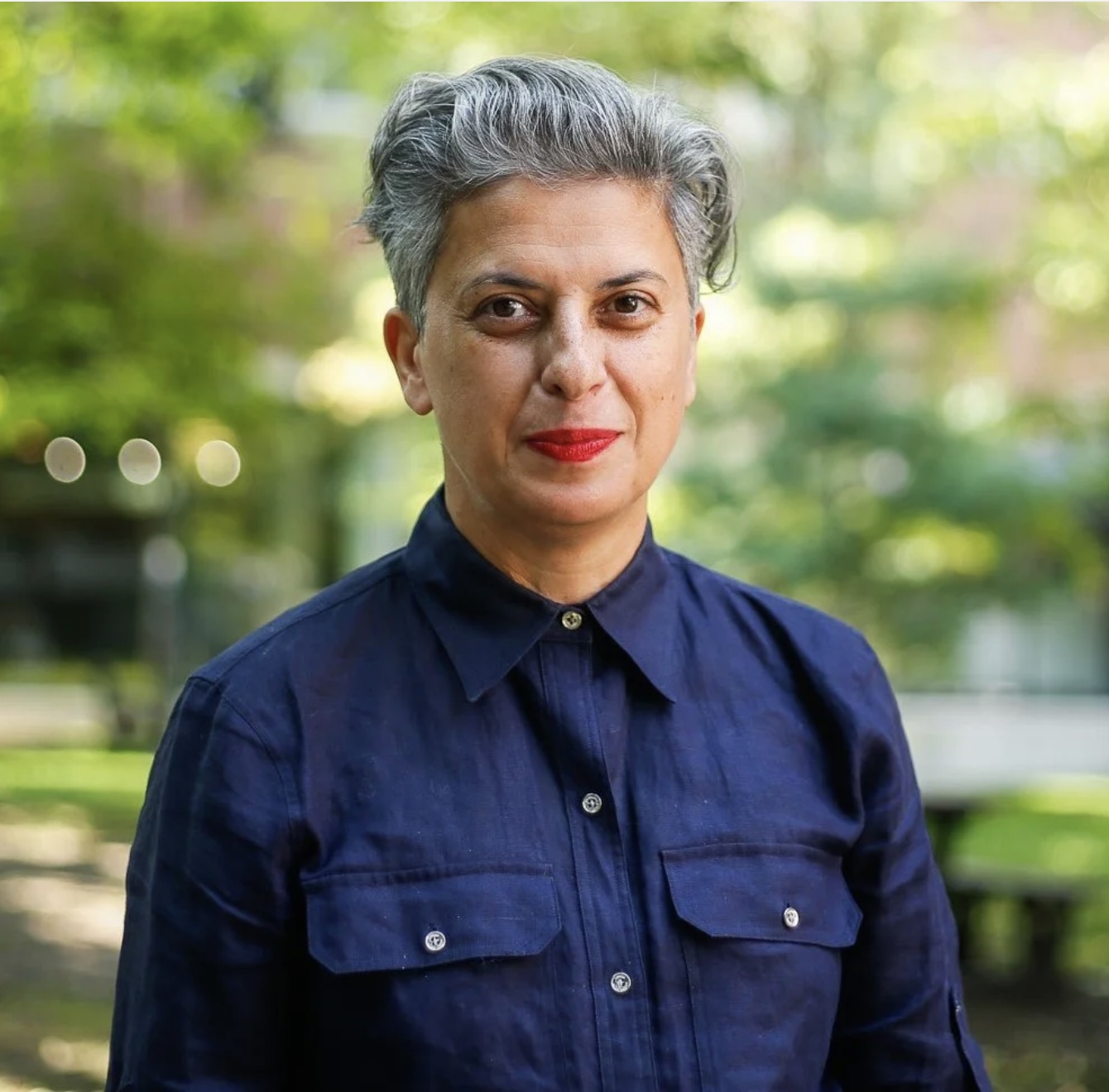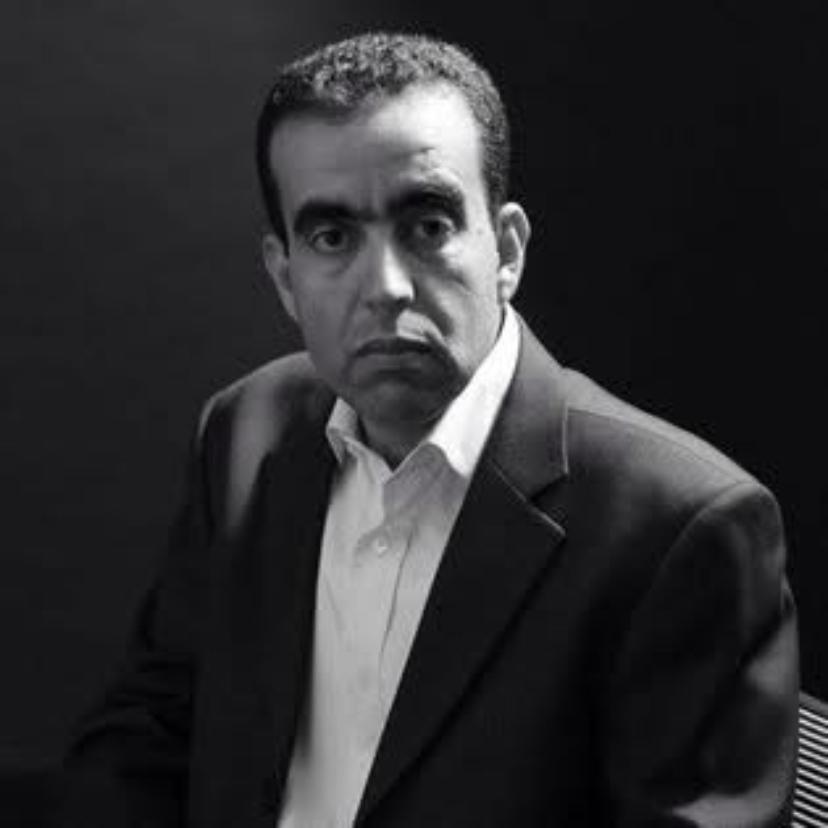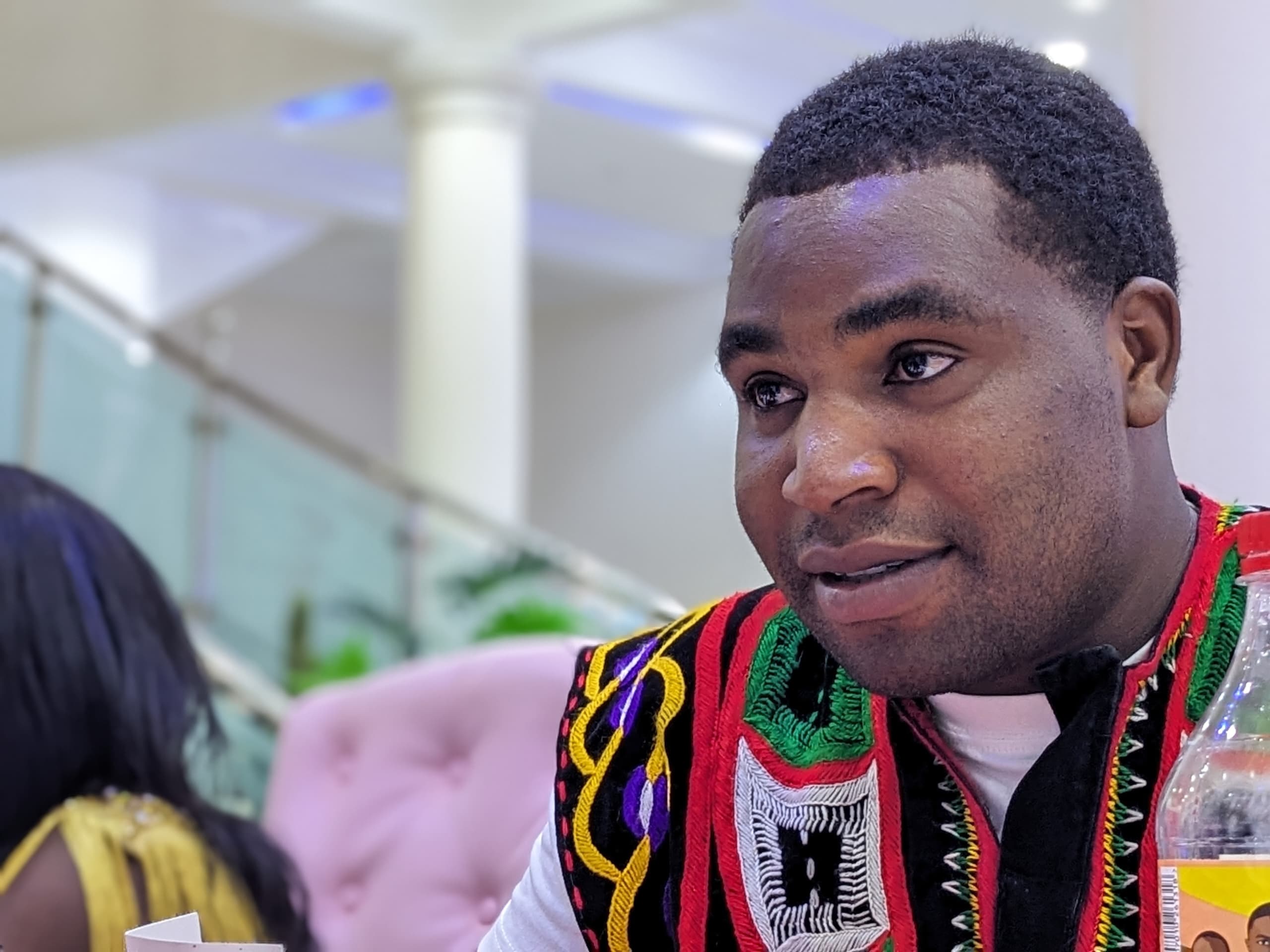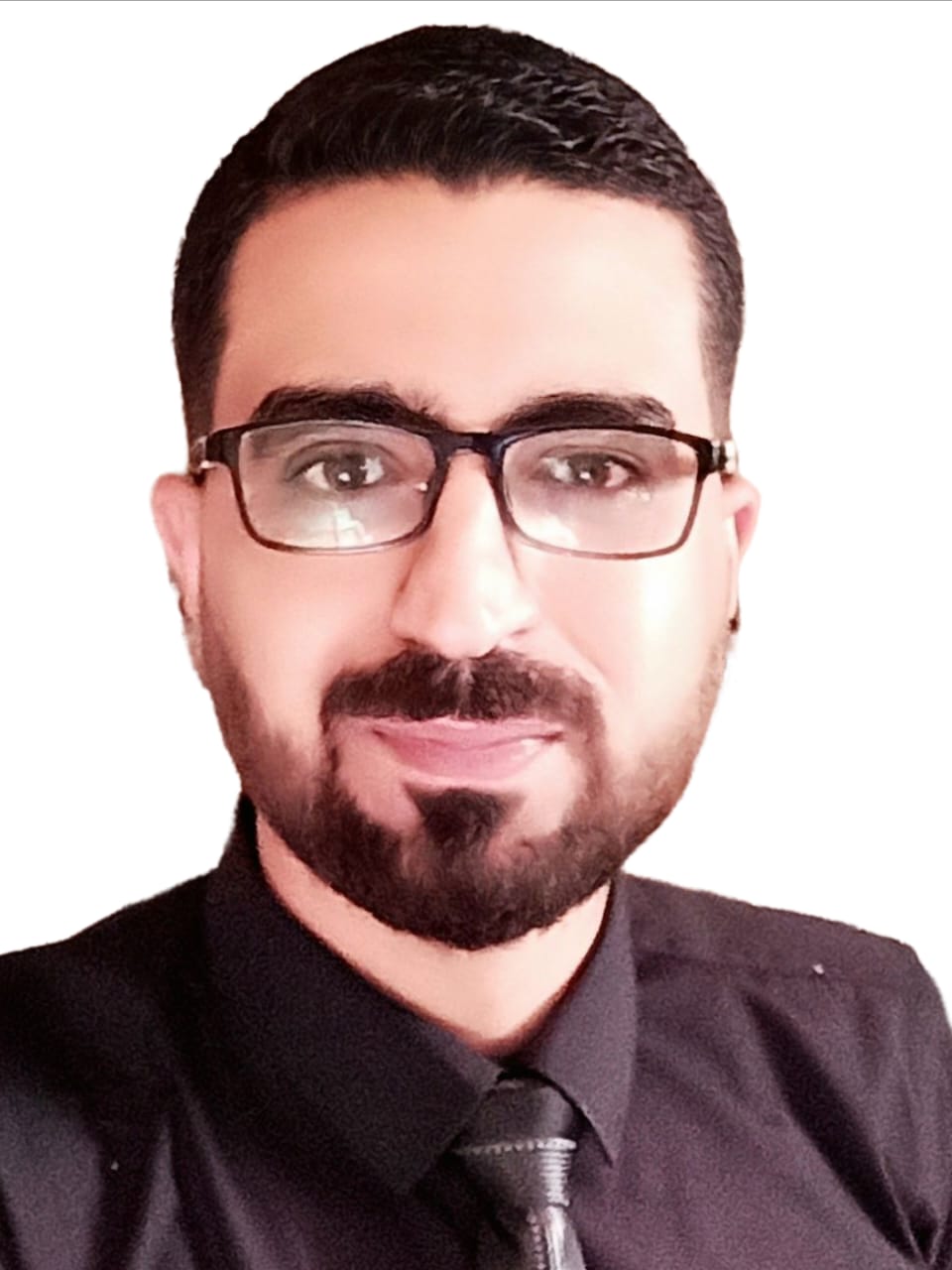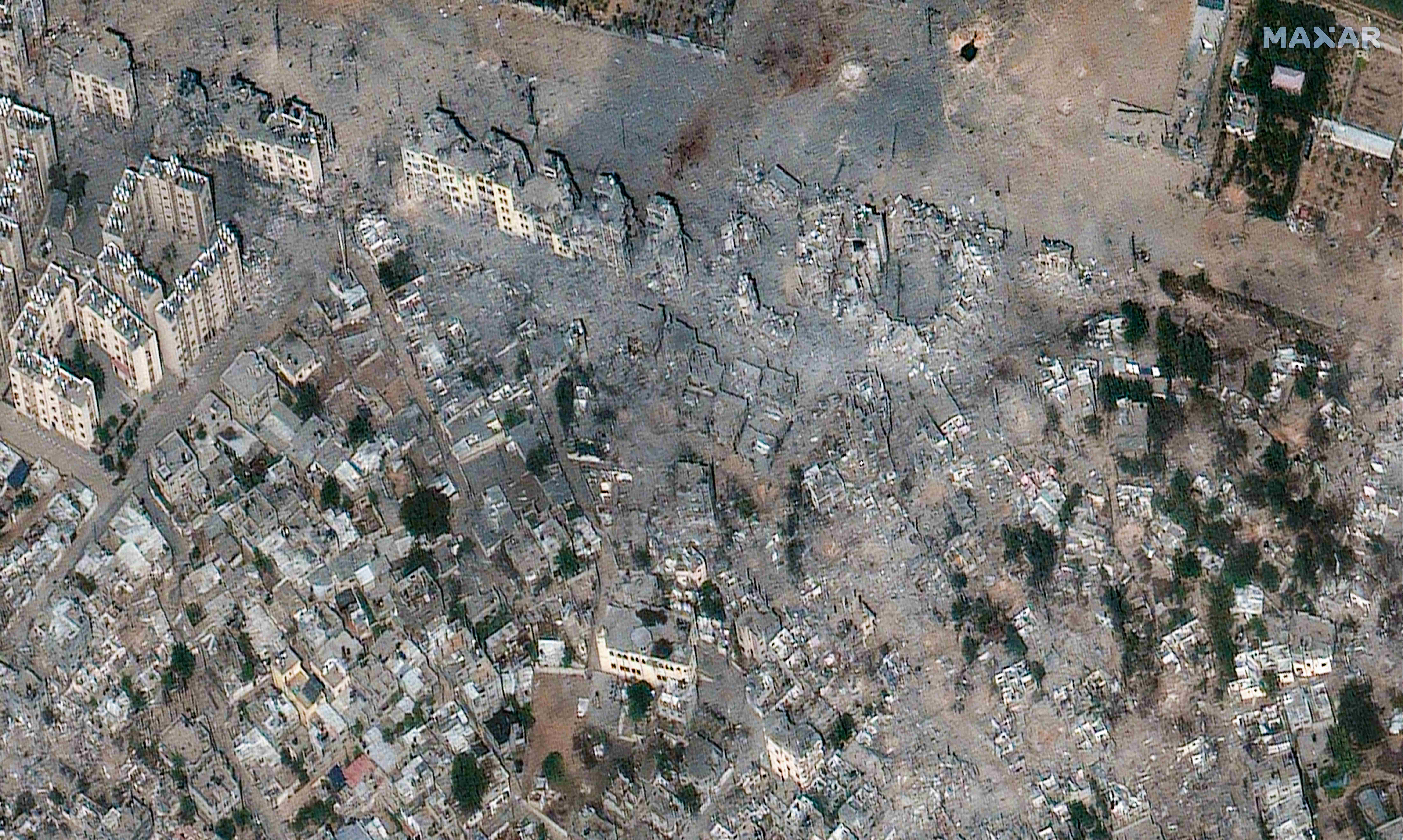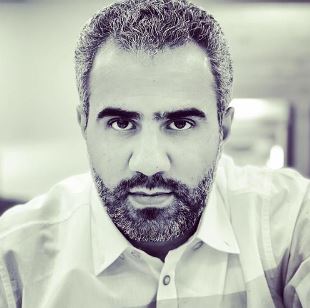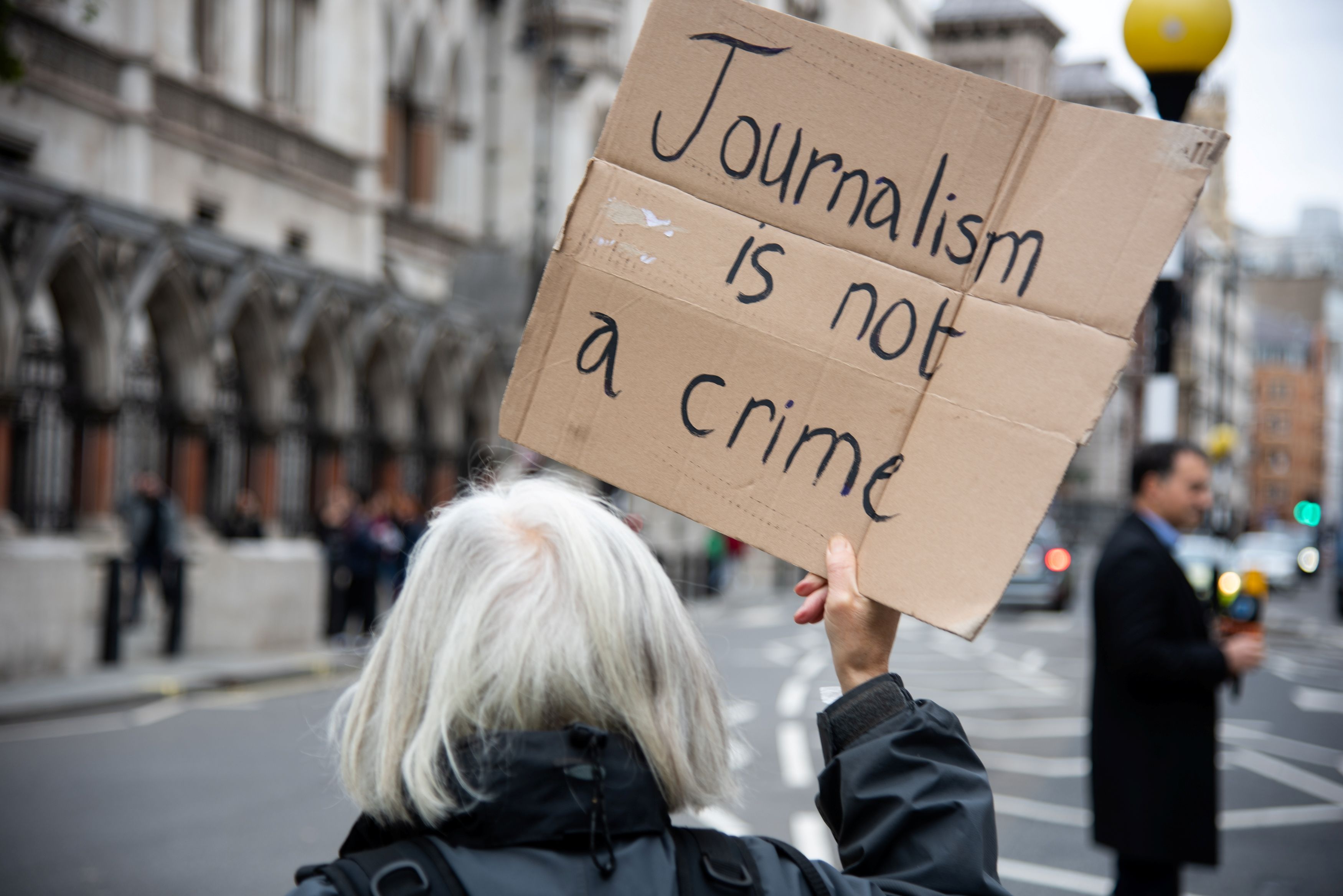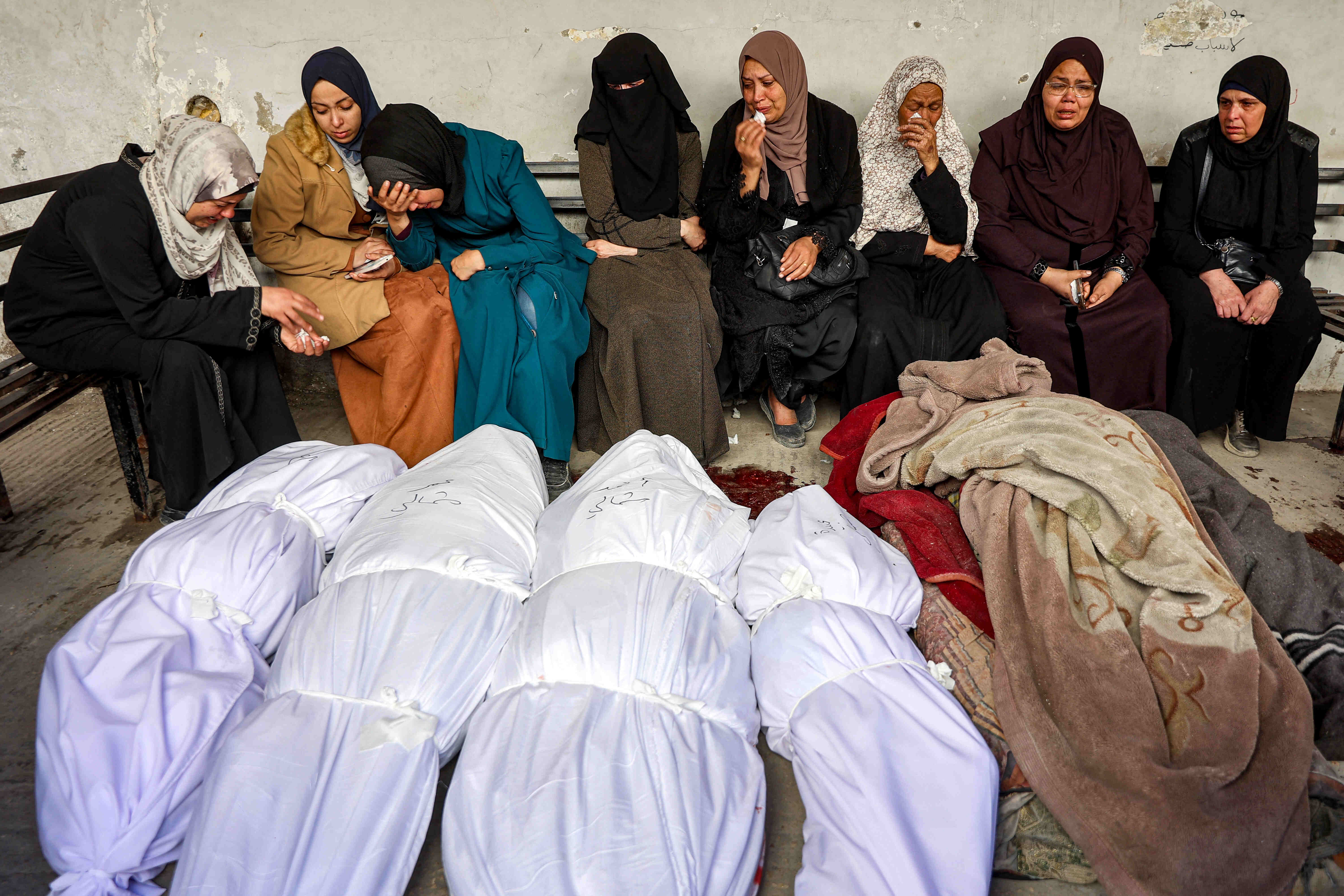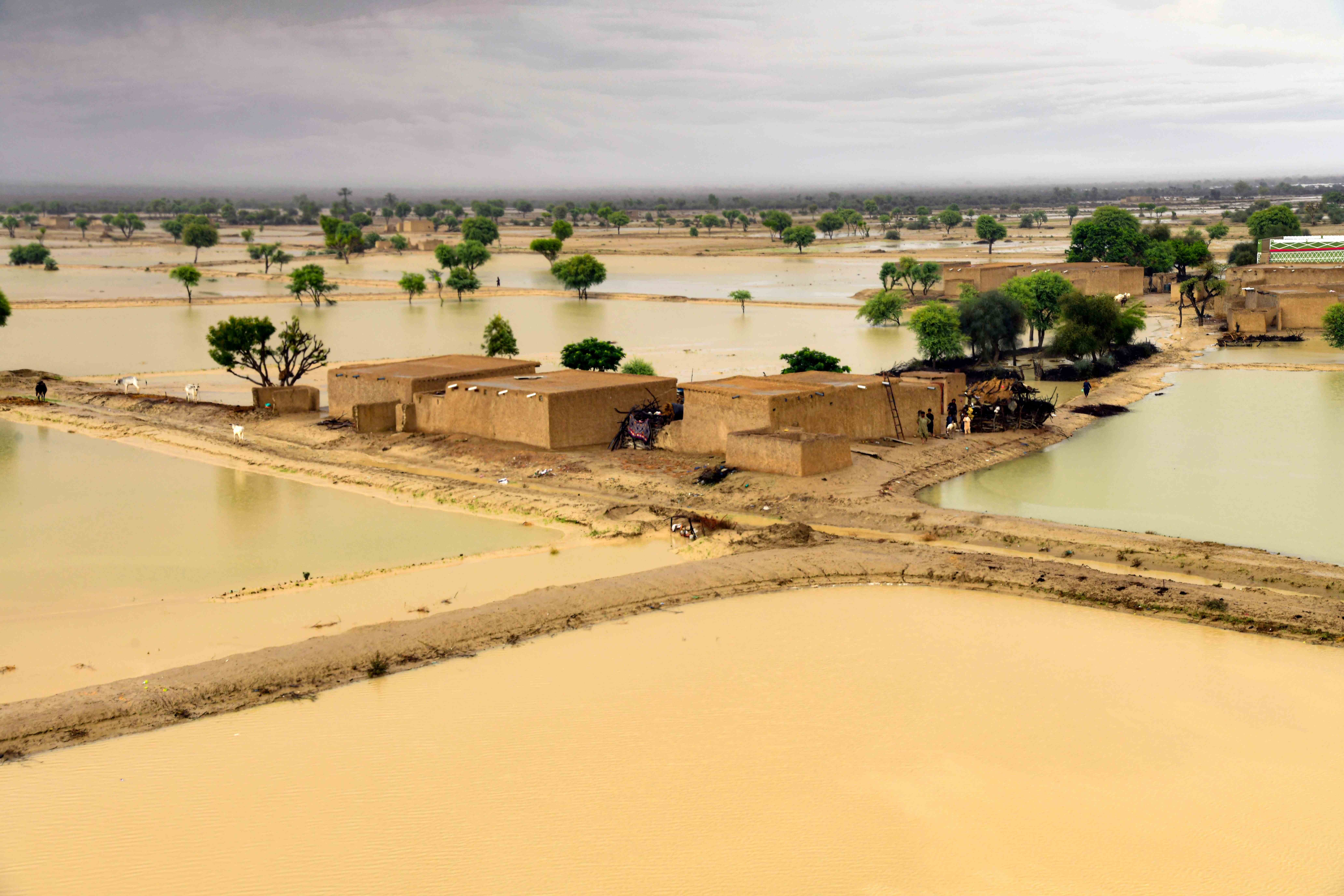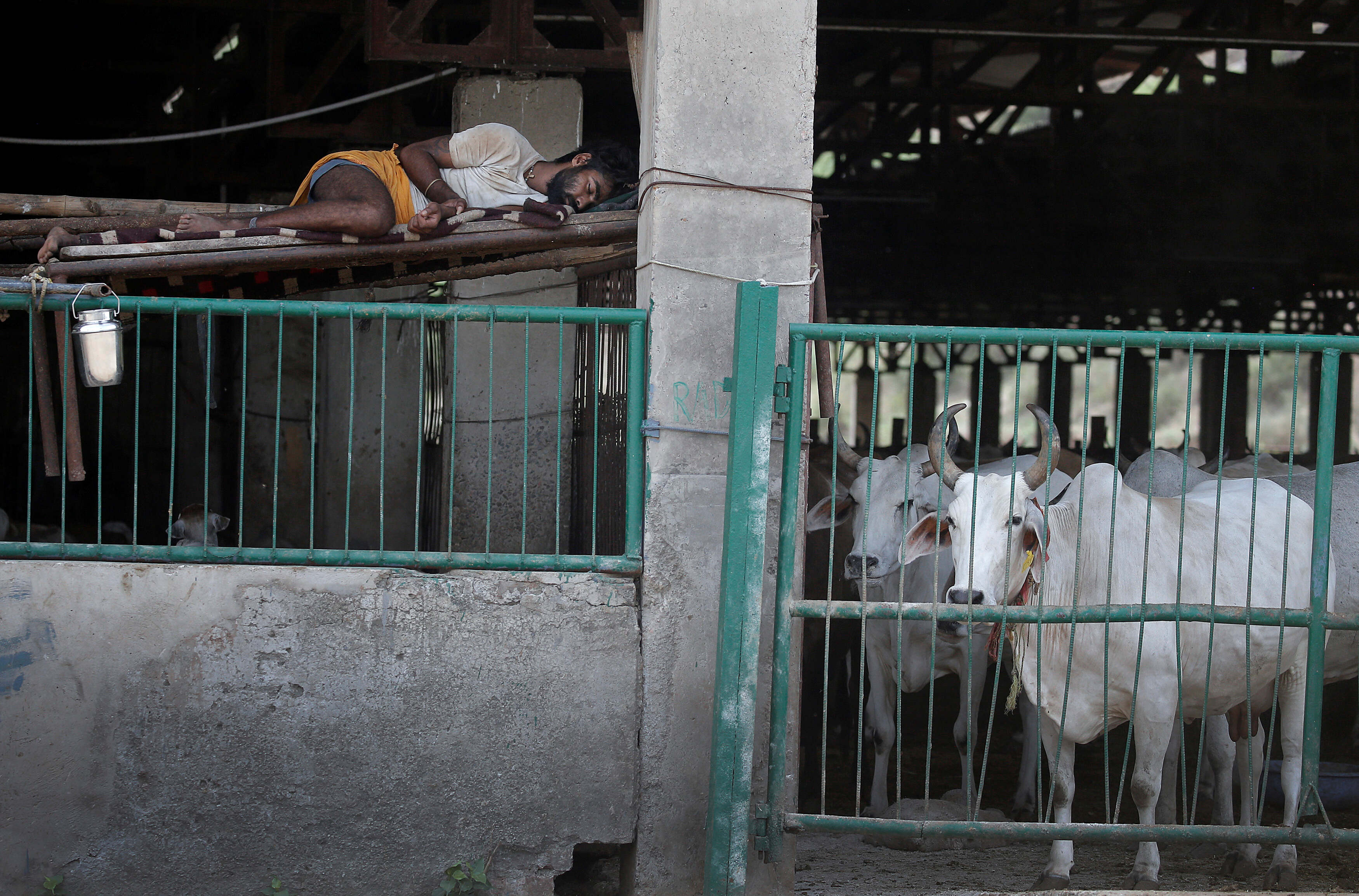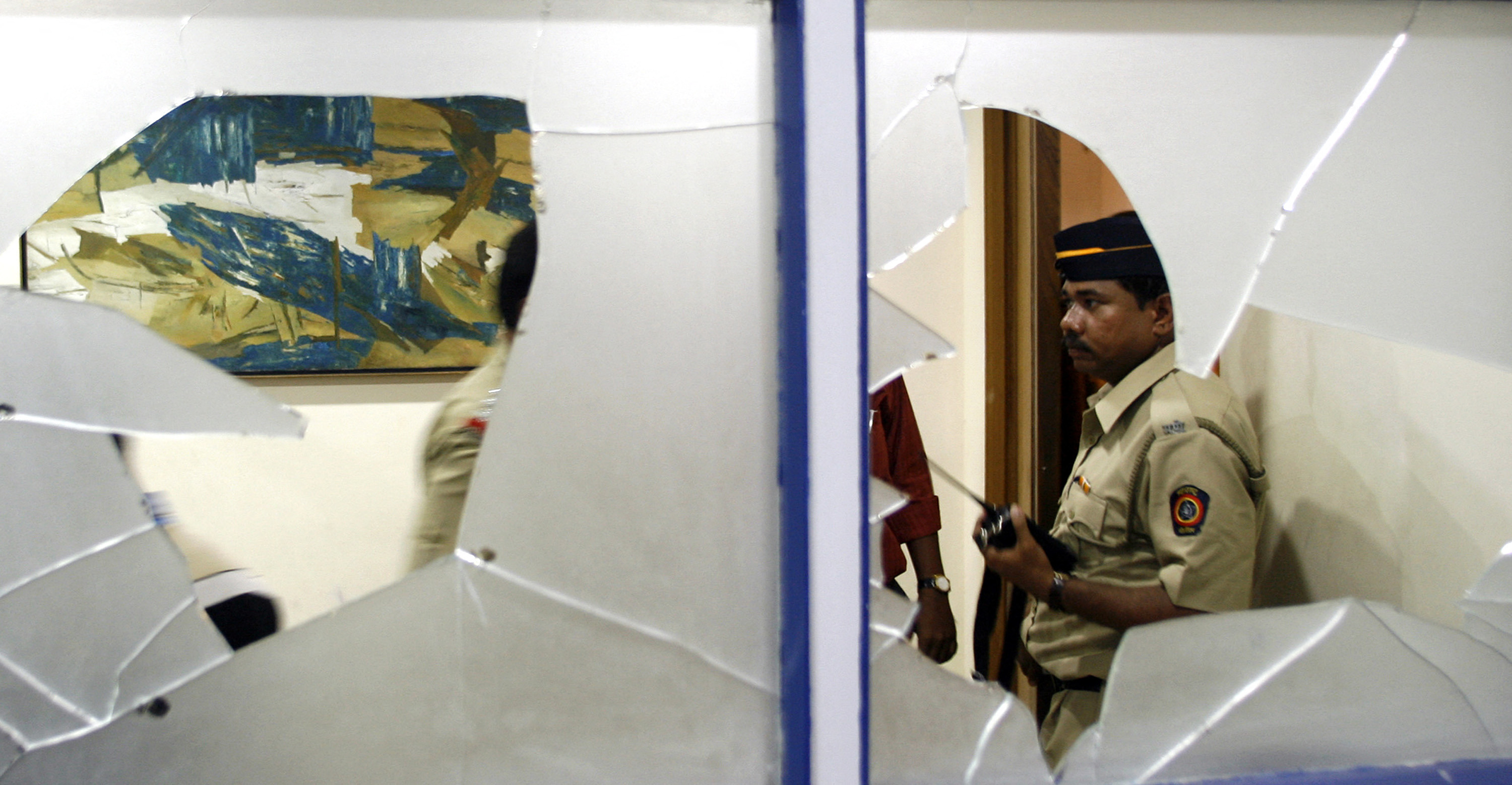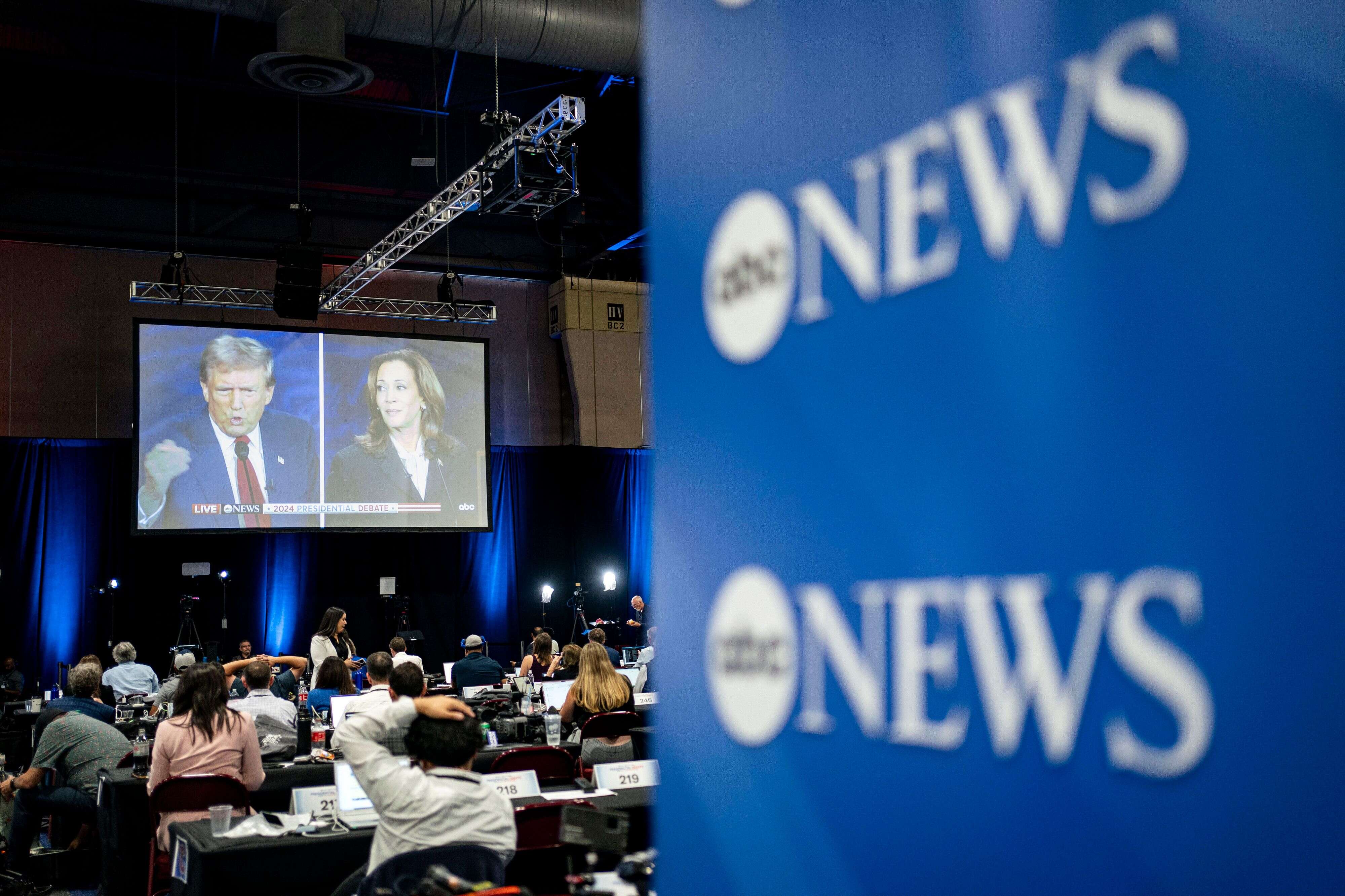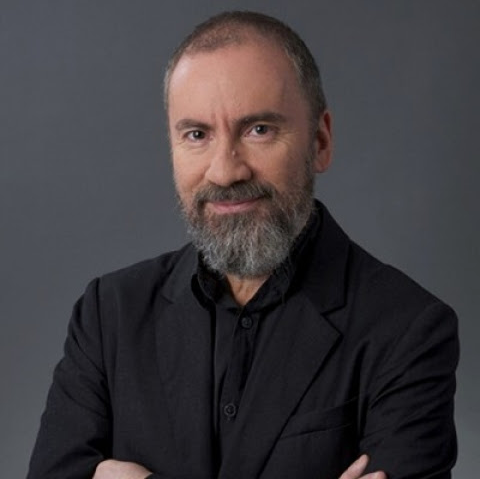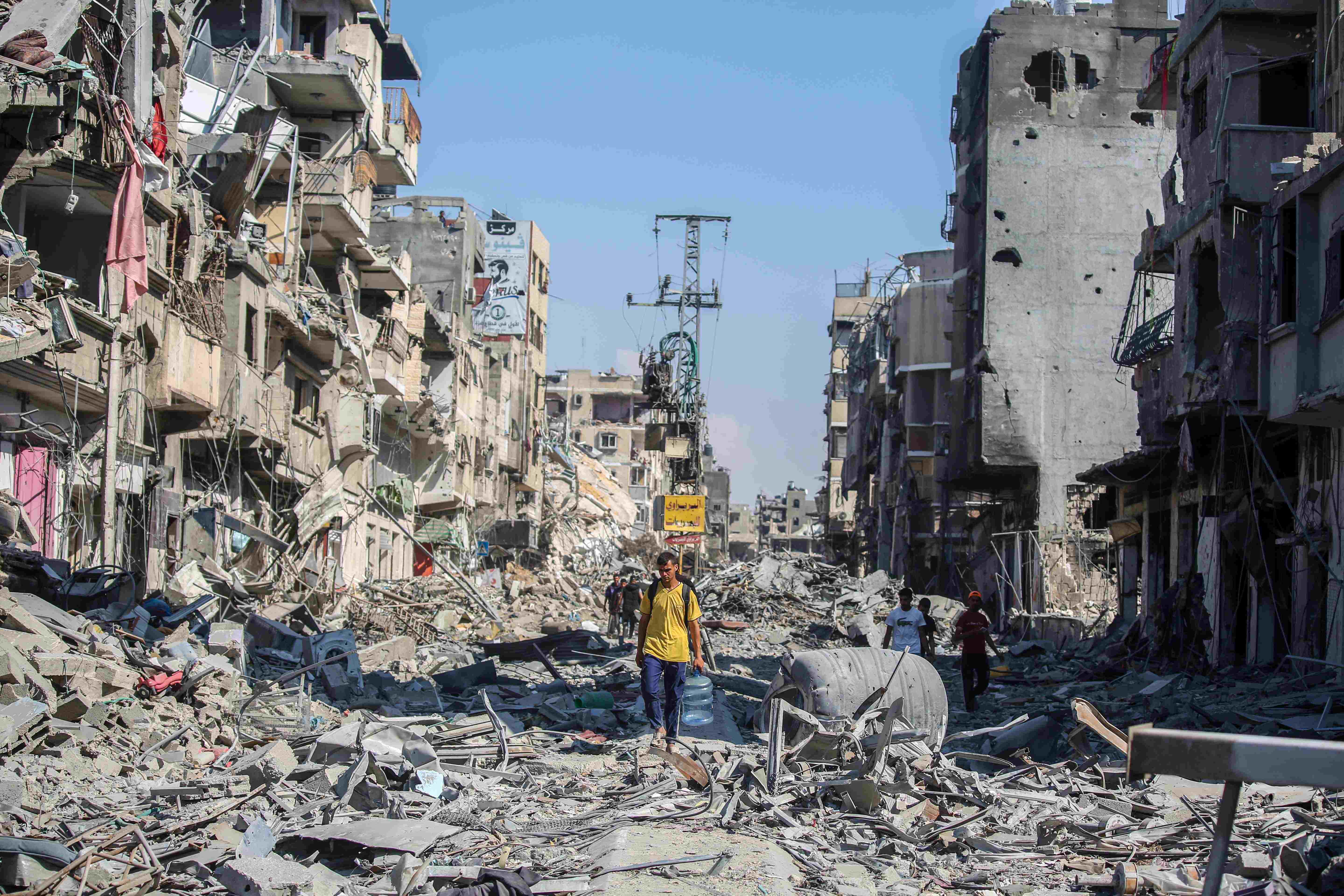This article was originally written in Arabic and translated into English using AI tools, followed by editorial revisions to ensure clarity and accuracy
Following the assassination of journalist Anas Al-Sharif, Palestinian journalists have been framed in Israeli media as legitimate military targets, part of a deliberate strategy to silence those who bear witness to the truth. This article explores how Hebrew-language media outlets have engaged in rhetoric that incites and legitimises the killing of journalists in Gaza.
“Timing – it is the most crucial element of all. Anas al-Sharif could have been assassinated a year ago, or even ten months ago. But the chosen moment was when the whole world was already attacking us over food supplies and the starvation in Gaza. At that exact moment, the assassination of the correspondent of the largest Arab news channel was carried out.”
This solitary criticism appeared in Israeli television coverage, aired during what the industry calls “prime time” — the peak viewing hours in Israel, usually between 7 and 9 p.m. During this slot, Israeli channels make sure to broadcast content that reflects the current political status quo and its perspectives on events through news coverage filled with reports and exclusive interviews, in line with the competitive logic that governs their work.
The criticism came from Elior Levy, Palestinian affairs analyst at the state-owned “Kan” channel. Turning to his co-anchor, Levy said, “Did you see CNN or Sky News? Then you must have seen the clips about Anas al-Sharif, the journalist assassinated by the Israeli army. What justified this rush? Perhaps his assassination was necessary, but couldn’t they have waited until the very last day of the war? The army knew his whereabouts around the clock — he was broadcasting live all the time. Tracking his location did not require genius. So why now, precisely at the moment when our international legitimacy has sunk to its lowest point? This is nothing short of an additional stab in our backs.”
Levy continued his criticism, pointing out that foreign networks ignored the material the Israeli army distributed to justify the assassination: “They didn’t use it because, as they say, the Israeli army killed a journalist.” He then turned to the program’s guest, Moshe Shlonsky — a veteran broadcaster and former head of the Israeli Army Radio — who said, “Al Jazeera is a central tool of incitement. If I had the chance to target a Hamas operative and an Al Jazeera correspondent, I would do it. But I don’t want this to become routine, where we fall in love with eliminating journalists. I suggest we refrain from targeting correspondents of Agence France-Presse or The New York Times. Is all of Gaza reduced to Anas al-Sharif? In two days, his story will be forgotten. The real issue is starvation, the humanitarian zone, and the war on Gaza. These are the matters that truly harm Israel. A journalist was killed — we can live with that. I don’t see a problem.”
“Did you see CNN or Sky News? Then you must have seen the clips about Anas al-Sharif, the journalist assassinated by the Israeli army. What justified this rush? Perhaps his assassination was necessary, but couldn’t they have waited until the very last day of the war? The army knew his whereabouts around the clock — he was broadcasting live all the time. Tracking his location did not require genius. So why now, precisely at the moment when our international legitimacy has sunk to its lowest point? This is nothing short of an additional stab in our backs.”
Channel 12 also underscored Anas al-Sharif’s international stature. Its international affairs editor, Keren Betzalel, noted: “Anas al-Sharif was the world’s eye inside Gaza, because no foreign journalists are present in the Strip. Israel attacks foreign media for relying on Palestinian journalists, claiming they lack credibility. But at the same time, it also bars the entry of foreign correspondents it does trust. This only strengthens the impression that Israel wants to silence international media.”
On the same channel, the anchor raised a question about the image of al-Sharif with Yahya al-Sinwar, which the army had circulated as justification for the killing: “How can the world ignore this picture? It’s convincing, isn’t it?” To this, reserve General Tzachi Hanegbi — a National Security advisor — responded by calling for further assassinations: “Weren’t these the same people who documented the capture of the tank on October 7, from which soldier Matan Ingris was abducted? No tolerance for them. They must be attacked and killed. And if it comes at a price, so be it.”
Dr Harel Chorev, a researcher at the Dayan Centre at Tel Aviv University, told the state-owned Kan channel: “Reuters and AFP employ these saboteurs without realising their true aims. But Al Jazeera has a programme called ‘Al Jazeera Ambassadors’, designed to train media activists of this sort. It is part of a global battle against Israel.”
This framing of Palestinian journalists as “the enemy” was preceded by a long line of military reasoning in Israel. After the “Cast Lead” war on Gaza (2008–2009), Israeli military strategists conducted extensive studies to define the objectives of future wars. Among the most prominent participants in the strategic discussions held by the Institute for National Security Studies at the time were retired Major General Dr Uzi Dayan, former head of the National Security Council, and retired Major General Giora Eiland, former head of the IDF’s Operations Directorate and also a former head of the National Security Council.
In the case of Anas al-Sharif, Israeli media applied the “gatekeeper theory” to the letter — the same theory that has long guided coverage of the Palestinian issue in general and Gaza in particular. Under this framework, no non-Israeli perspective is allowed to shape public opinion. Coverage of Arab affairs in Israeli media is typically entrusted to editors and correspondents with military or intelligence backgrounds — often former soldiers, officers, or reservists — who depict Arabs as savages driven by instinct, stripped of any human trait or objective narrative.
An analysis of Dayan’s and Eiland’s lectures reveals a shared orientation: a deliberate change of terminology. They do not call such actions “military operations” but rather “actual wars”. They do not consider Gaza’s residents to be “civilians” but instead the “people of an enemy state”. They argue that Hamas governs Gaza as a state, and that its entire population supports it. Therefore, war should target the people themselves as the human reservoir of the enemy’s army — along with the elimination of scientific, media, and professional cadres and the destruction of infrastructure in its entirety, treated as the “home front” of that army.
In the case of Anas al-Sharif, Israeli media applied the “gatekeeper theory” to the letter — the same theory that has long guided coverage of the Palestinian issue in general and Gaza in particular. Under this framework, no non-Israeli perspective is allowed to shape public opinion. Coverage of Arab affairs in Israeli media is typically entrusted to editors and correspondents with military or intelligence backgrounds — often former soldiers, officers, or reservists — who depict Arabs as savages driven by instinct, stripped of any human trait or objective narrative.
Since the war on Gaza began after October 7, the phenomenon of an “army-aligned media” has escalated to an unprecedented degree. Major television channels have fully embraced the official narrative, avoiding coverage of Palestinian civilian suffering or the devastation on the ground, and instead choosing to highlight the army’s “achievements” while broadcasting statements from its spokesperson in every news bulletin — as though they were indisputable facts.
Internal criticism is also almost absent. Journalists or analysts who attempt to criticise the Israeli government or its army are readily accused of undermining “morale”, which narrows the space for debate, restricts freedom of expression, and generates a discourse that blends mourning for fallen soldiers with support for the war effort.
Israeli journalists’ access to Gaza is exclusively permitted through the army’s escort, and all information about the war is subject to military censorship before it is published in Israeli media. This turns them from supposedly “independent observers” into part of the machinery of war propaganda, stripping their coverage of objectivity.
These correspondents usually possess a strong command of Arabic and detailed knowledge of the Palestinian scene — expertise often acquired during their military service in various Israeli intelligence agencies, something some of them openly acknowledge in interviews. Although most do not work in official state media, they remain soldiers or officers in the military reserves and rely heavily on the army as their main source for information on Palestinian affairs.
Here the reciprocal relationship becomes clear: intelligence officers and military censors provide them with access, exclusive information, and open otherwise closed doors, while the journalists in turn amplify a unified message. Out of their commitment to the principle of “media containment” of the public, their reports are often published in near-synchronised fashion.
The conclusion revealed by official Israeli statements and media analyses is that the targeting of Palestinian journalists is neither accidental nor a temporary reaction but rather part of a broader strategy that treats Palestinian media as one of the components of the “enemy” to be eliminated. A careful reading of what Israeli journalists and analysts — speaking in the army’s voice — have said makes the intentions unmistakable and the reality plain: the assassination of journalists did not begin with Anas Al-Sharif, and it will not, alas, end with him.
The conclusion revealed by official Israeli statements and media analyses is that the targeting of Palestinian journalists is neither accidental nor a temporary reaction but rather part of a broader strategy that treats Palestinian media as one of the components of the “enemy” to be eliminated. A careful reading of what Israeli journalists and analysts — speaking in the army’s voice — have said makes the intentions unmistakable and the reality plain: the assassination of journalists did not begin with Anas Al-Sharif, and it will not, alas, end with him.

